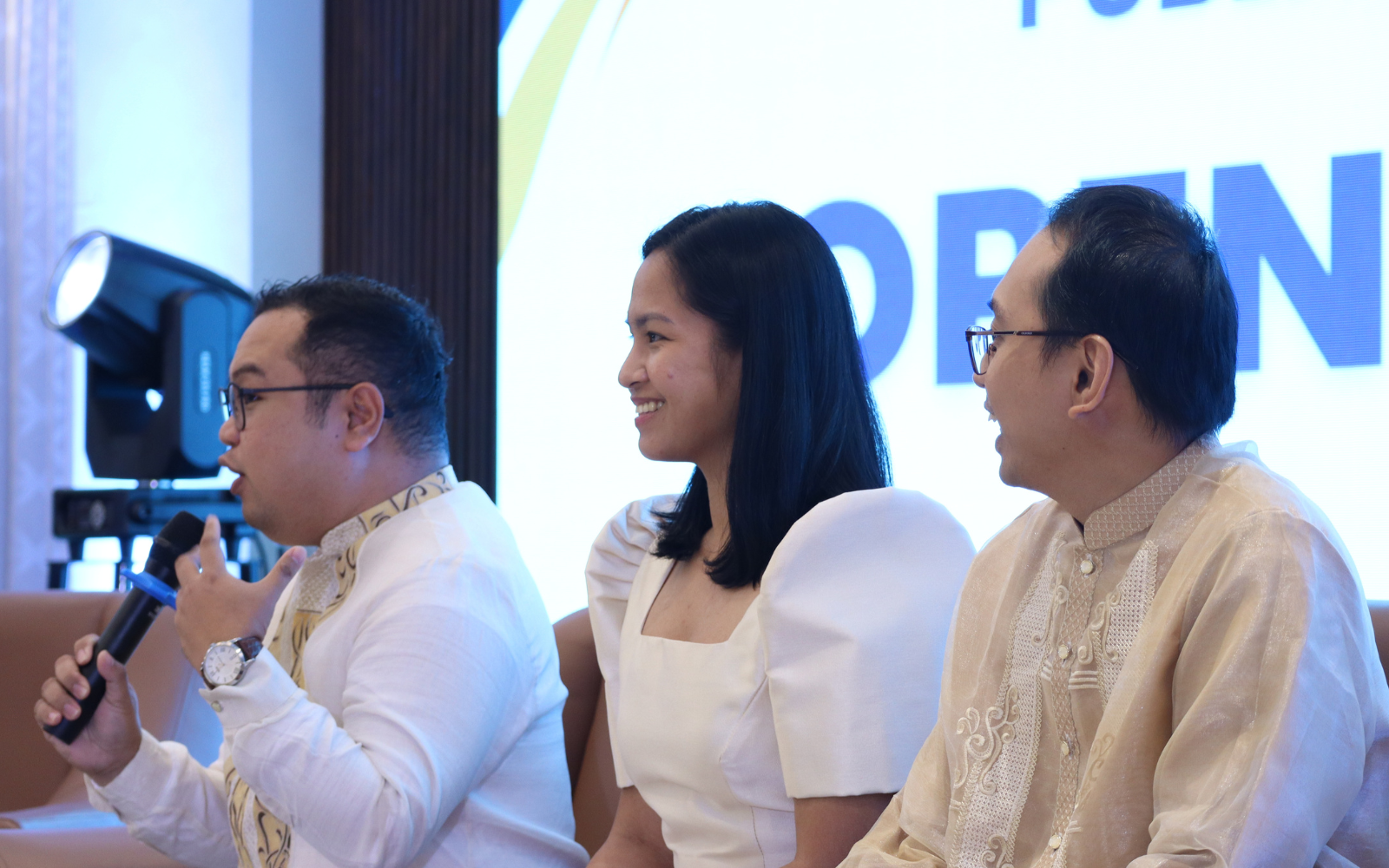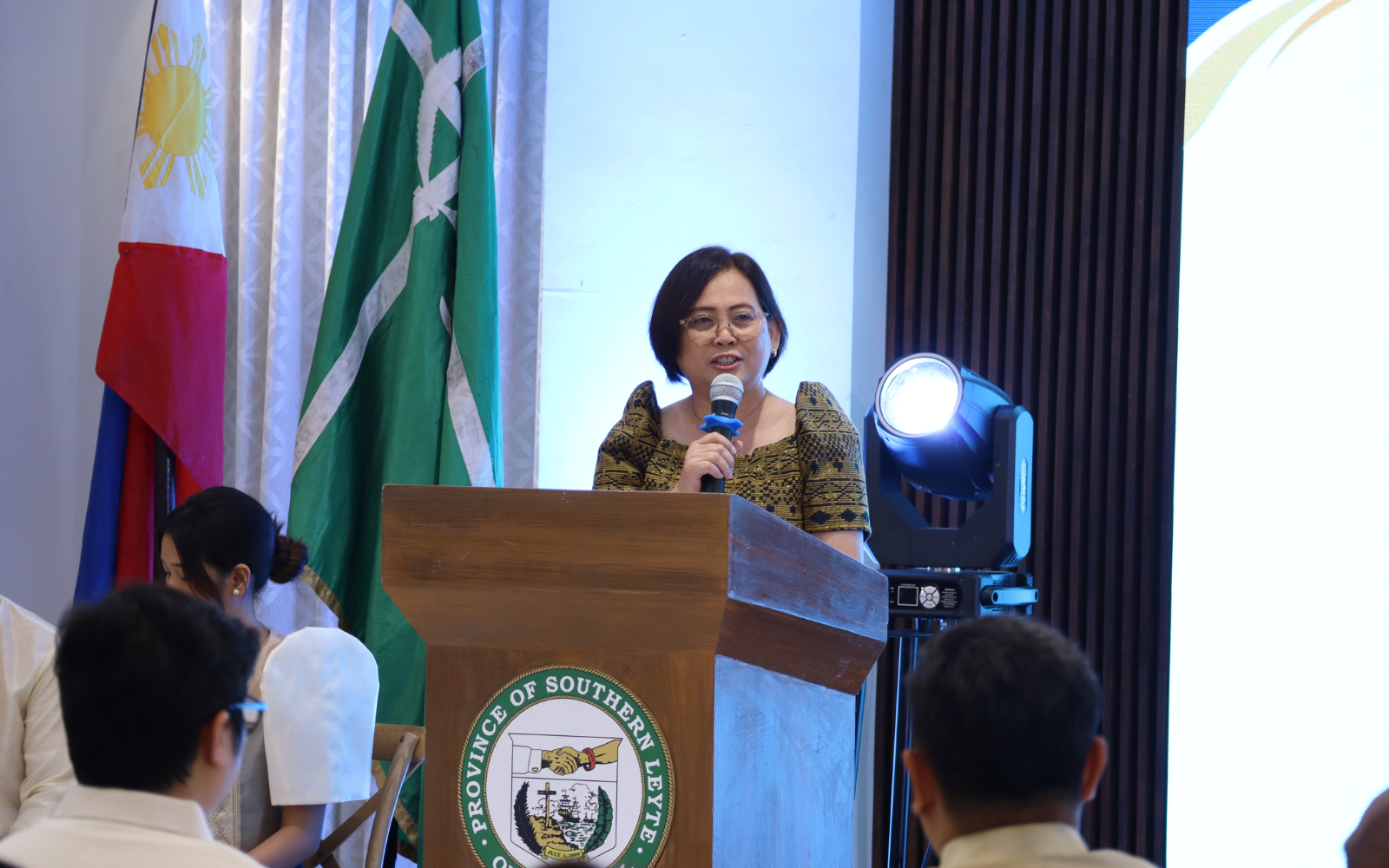Southern Leyte Shows Progress in Reducing Teen Pregnancies
Stories | by Krizzia Esperanza

The Expanded Youth Leadership and Governance Program (EYLGP) in Southern Leyte is helping young people and local officials work together to reduce adolescent pregnancies.
A joint initiative of the Zuellig Family Foundation (ZFF) with support from the United Nations Population Fund (UNFPA) and the Korea International Cooperation Agency (KOICA), EYLGP equips both youth leaders and local governments to work side by side in improving adolescent health.
When the program started in 2022, Southern Leyte already had a lower adolescent birth rate (ABR) than the national average. UNFPA challenged the province to aim higher: bring adolescent births down to zero by 2026. With this ambitious goal, the EYLGP scaled up lessons from Mindanao—where ZFF’s youth leadership programs helped lower teen pregnancies—by also including mayors, health officers, and community leaders in capacity-building. The idea was that with both youth champions and competent local governments, results could be achieved faster.
Now on its 22nd month, the program has shown strong results:
- All 10 partner local government units (LGUs) reduced adolescent births, with the provincial cohort ABR dropping by 29%—from 35.8 per 1,000 girls aged 15 to 19 in 2022 to 25.4 in 2024.
- This decline is nearly triple the national target rate of 10% per year, showing that Southern Leyte is moving faster than expected.
- Liloan and Tomas Oppus reported zero adolescent births in 2024, while six other LGUs are already below the 2026 program target of 21 per 1,000.

On contraceptive use, the province’s modern contraceptive prevalence rate (mCPR) for adolescents reached 3.6%. This is already enough to cover adolescent mothers but shows room to expand access so that sexually active teens who are not yet mothers can prevent their first pregnancies.
Much of this success came from innovations, including the TrucKabataan mobile health service, wider access to adolescent-friendly health facilities, and stronger multi-sectoral governance bodies that meet regularly to address youth concerns.
Youth are at the center of the program. They lead peer education, information campaigns, and initiatives to keep girls in school, showing that when given the chance, adolescents can be powerful advocates for their own health and future.
Despite these gains, challenges remain. Births among girls aged 10 to 14 years old increased, often linked to gender-based violence and access to harmful online content. These cases show the need for stronger child protection policies and community awareness.
The program will continue until 2026, with ZFF and partners coaching LGUs to sustain and expand initiatives. Technical support will also be provided so municipalities can strengthen their health facilities, access PhilHealth reimbursements, and integrate adolescent health into broader development plans.

As Dr. Dorie Lyn Balanoba, EYLGP Director at ZFF, emphasized during the EYLGP Colloquium in Southern Leyte last August 13, 2025, the ultimate goal goes beyond reducing pregnancies: “We also look forward to more empowered adolescents making healthy choices that allow them to achieve their goals and bright future.”
Southern Leyte’s experience shows that the EYLGP model—youth leaders working with responsive LGUs—can deliver results and transform local systems for adolescent health.